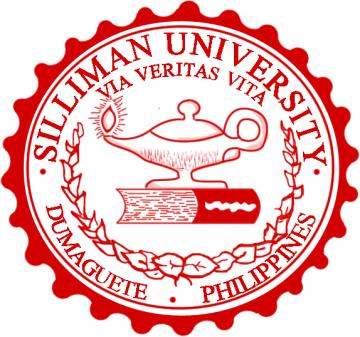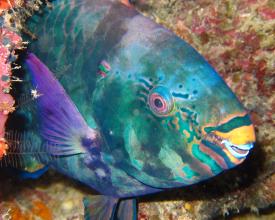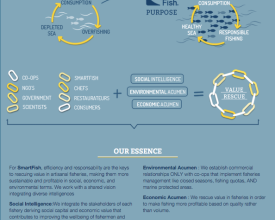
Ecologically connected Marine Protected Area (MPA) Network
Connectivity of coral reef fish populations through larval dispersal is a key to effective networks of marine reserves for fisheries management and biodiversity conservation. Genetic parentage analysis data revealed existence and patterns of reef fish larval dispersal among MPAs along a 90 km coastal stretch in the province of Negros Oriental, Philippines. This knowledge helps stakeholders to improve both scale and design of new MPAs and governance of existing MPAs.
Context
Challenges addressed
The effectiveness of MPA networks to increase fish stocks and climate change resilience of coral reefs to and protect marine ecosystems depends on their ecological connection by larval dispersal.
Location
Process
Summary of the process
Building Blocks
Scientific Investigation on Larval Dispersal
Enabling factors
Lesson learned
Communication of scientific Results
Enabling factors
Lesson learned
Impacts
The solution enables coastal resource managers to validate larger-scale social and ecological effects of MPAs that they helped establish over many decades. Local stakeholders realize the need for inter-municipal MPA networks that are ecologically connected to address larger-scale fisheries management and conservation objectives. It serves as a model for creating ecological MPA networks in other regions of the Philippines, maritime countries in South-East Asia, and the Coral Triangle. It provides inputs for coral reef management (CRM) initiatives and actions.
Beneficiaries
Fishing communities, government units and MPA managers as well as scientific community
Story
The scientific aspect of this solution tackled one of the biggest questions in marine ecology: How far do larvae of coral reef fish disperse? Do most of them settle close to their parents? Or do they disperse over very long distances to seed other reefs? The answers to this question have big implications for fisheries management and biodiversity conservation using networks of MPAs. Thus, the implementation of this solution was very exciting not only to the scientists but also to MPA managers and local stakeholders who have been active in coastal resource management for several decades. We had some memorable experiences when we were sharing the scientific results to stakeholders. The results undeniably showed, for the first time, that many of the existing MPAs were connected to each other by larval dispersal, forming a network that can enhance recovery of populations within MPAs. The results also showed that some MPAs can provide larvae to fishing grounds, which may give a boost to local fisheries. These were based on empirical data. Many local fishers participated in the field work that was required to obtain these data. Thus, many local stakeholders felt that the results were a clear vindication of their efforts and sacrifices over many years to manage their MPAs. This, to me, was a greater achievement than answering the ecological questions.







